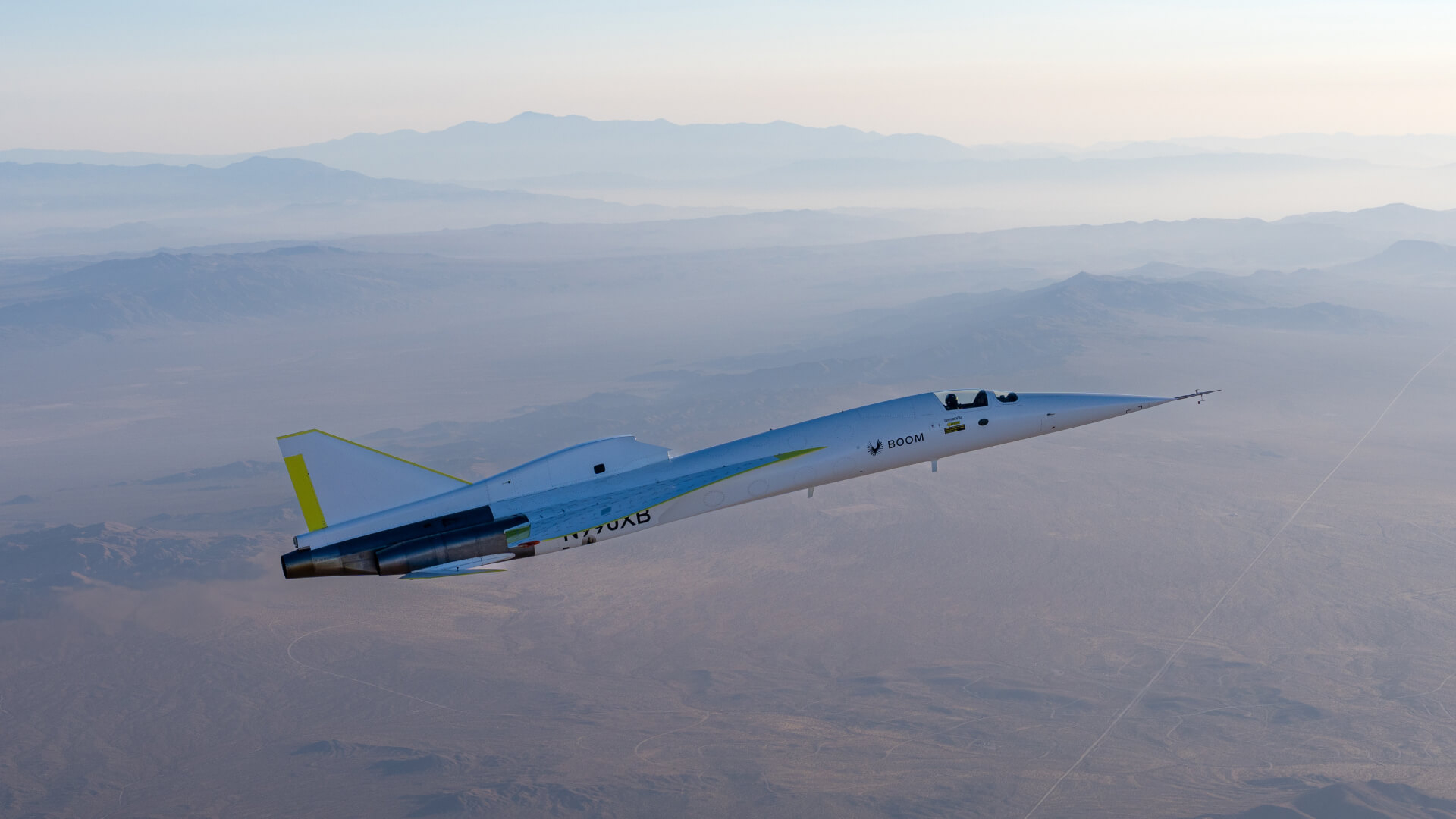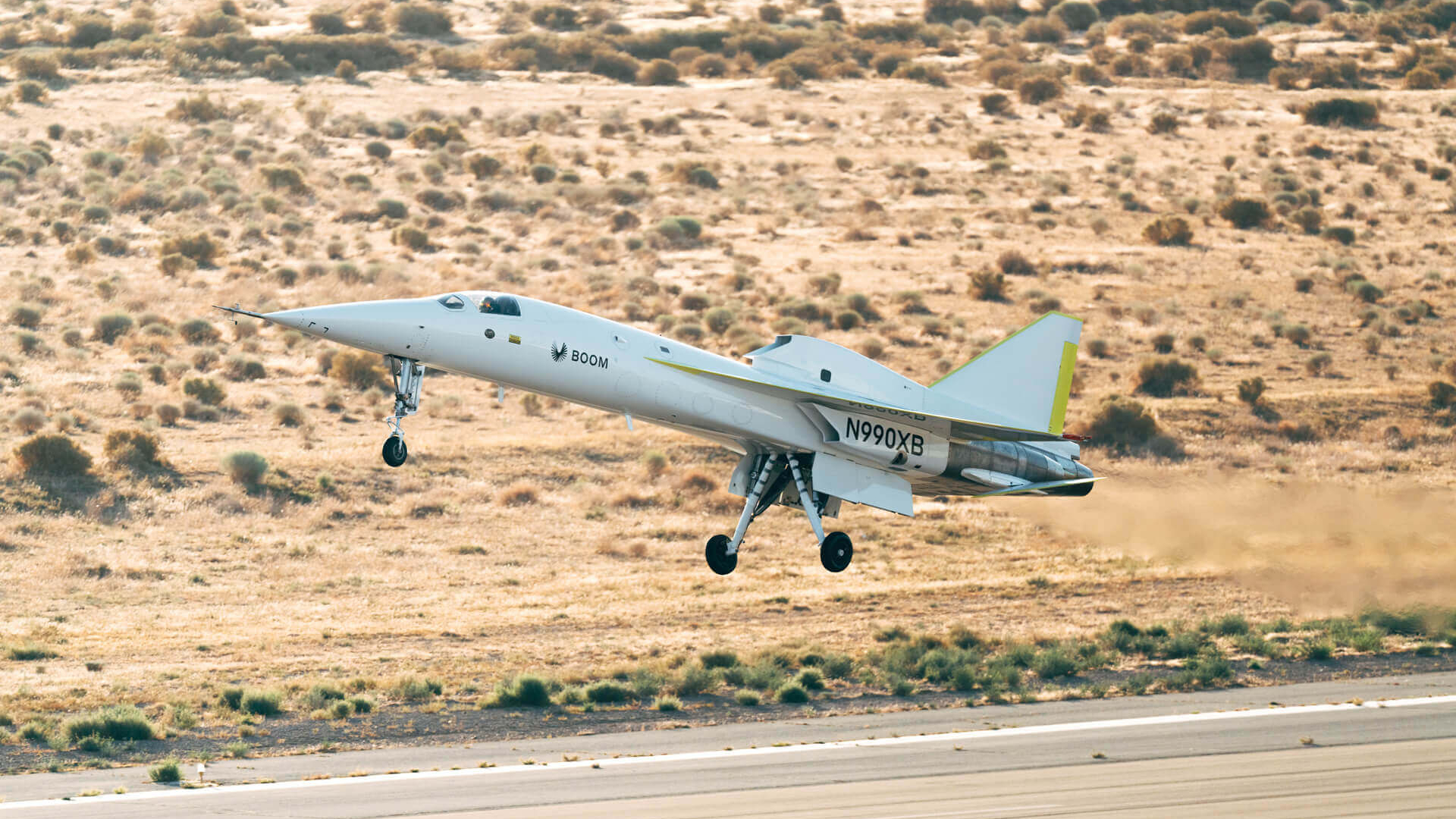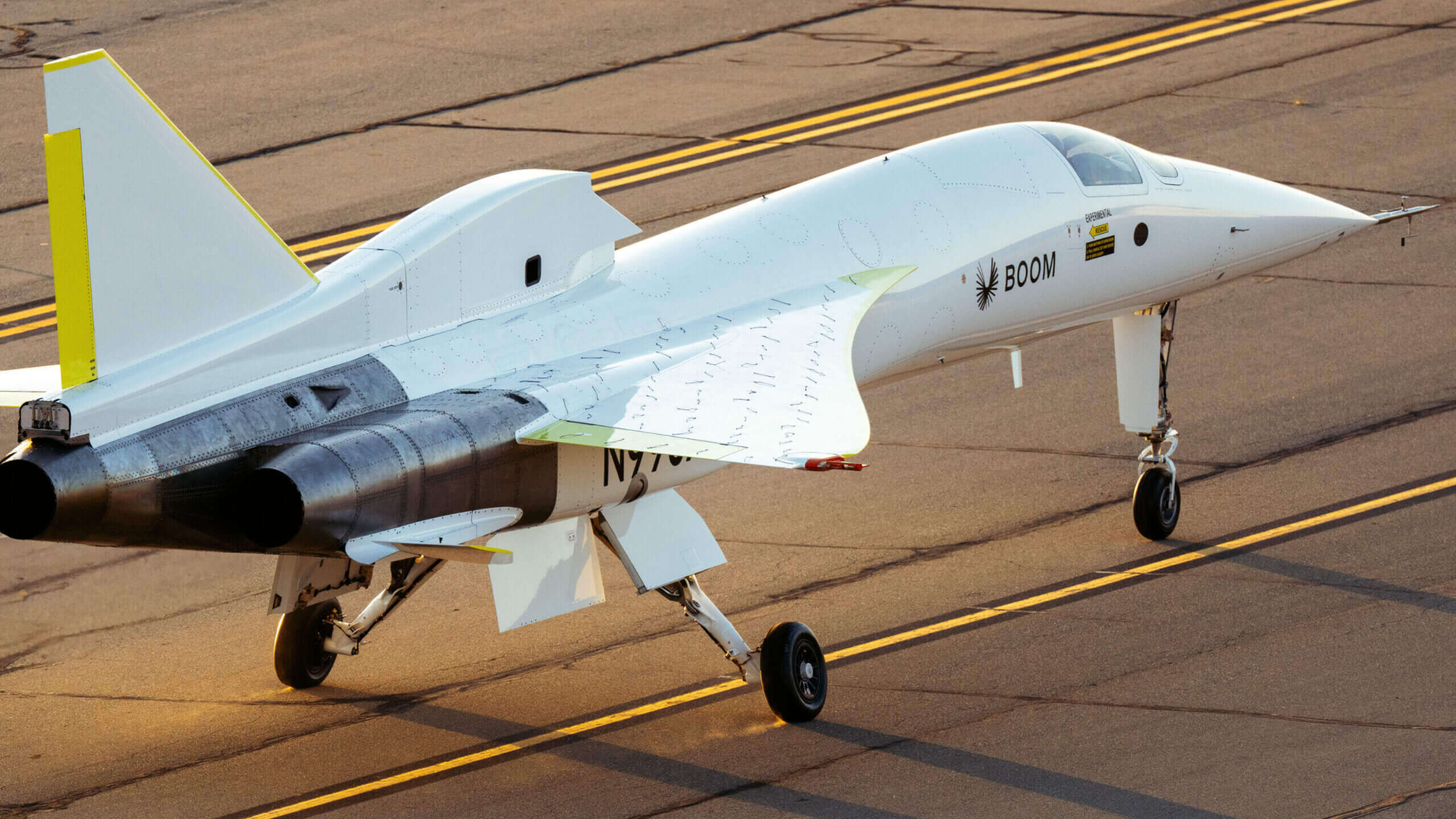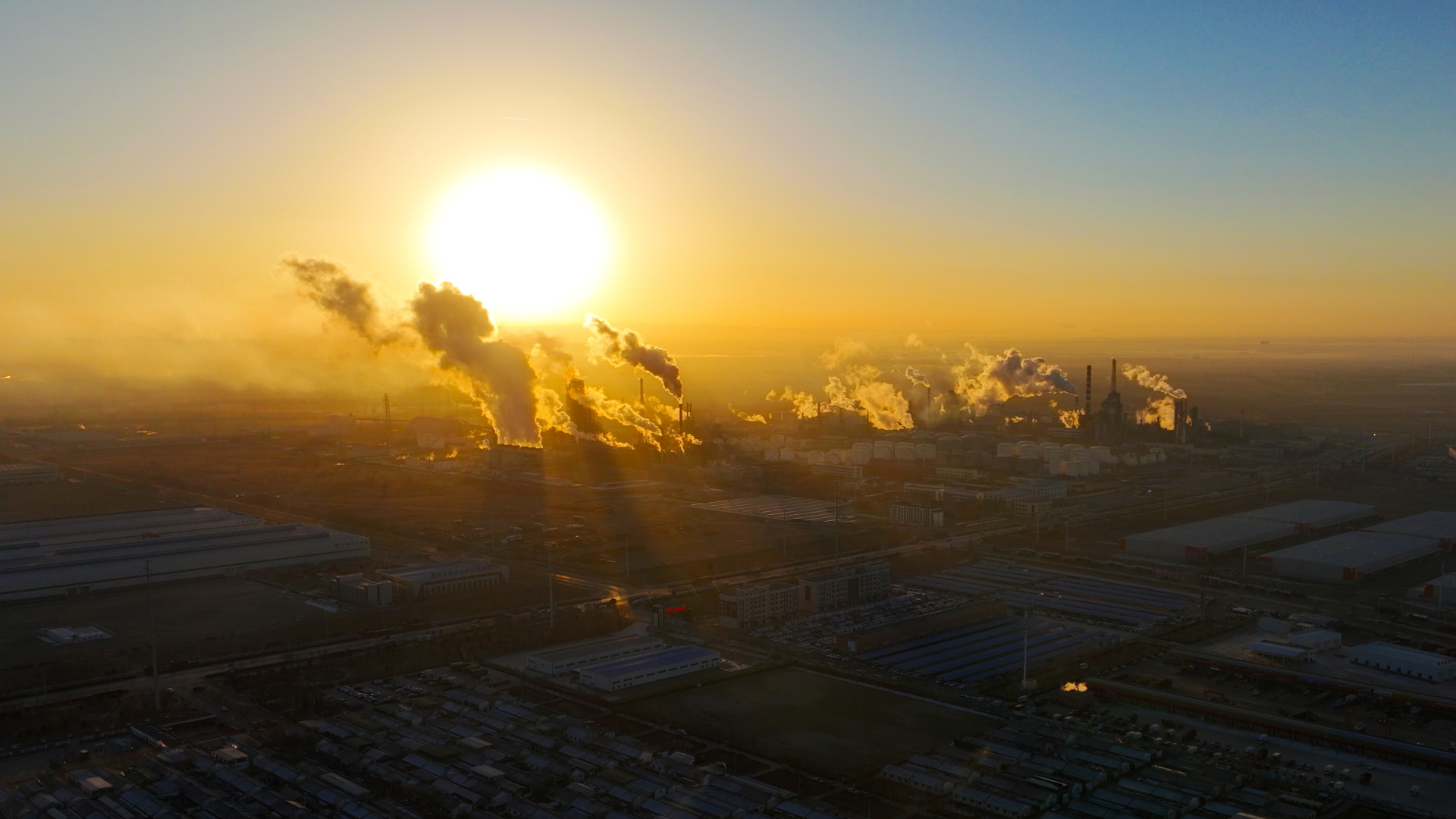Boom Supersonic's XB-1 prototype aces 2nd test flight (photos)
The flight tested the vehicle's landing gear and roll damper for improved handling.

Colorado company Boom Supersonic's XB-1 supersonic demonstrator aircraft flew for the second time ever on Monday (Aug. 26).
The flight took place from California's Mojave Air and Space Port and lasted about 15 minutes, seeing the XB-1 reach an altitude of 10,400 feet (3,170 meters) and a speed of 277 mph (446 kph).
The flight demonstrated landing gear being retracted and extended for the first time, and a new digital stability augmentation system was tested to improve handling.
The test marks another step toward achieving supersonic flight, expected later in the year, according to a company statement.
"XB-1 had a fantastic second flight this morning. Initial results indicate we've successfully resolved the findings from Flight One and are excited to continue flight testing on the path to supersonic flight," said Blake Scholl, founder and CEO of Boom Supersonic. "I'm proud of the team. Today's flight is another step toward the return of supersonic passenger travel."
Related: The speed of sound on Mars is different from Earth, Perseverance rover finds
The XB-1 test plane had its first flight in March this year. The company now intends to ramp up its flight rate and plans around 10 tests before reaching for supersonic speeds.
Breaking space news, the latest updates on rocket launches, skywatching events and more!
The XB-1 program is part of the design and development process for Boom's flagship project, Overture, a planned supersonic airliner. Boom Supersonic aims to revolutionize air travel by making it much faster and more efficient.

Andrew is a freelance space journalist with a focus on reporting on China's rapidly growing space sector. He began writing for Space.com in 2019 and writes for SpaceNews, IEEE Spectrum, National Geographic, Sky & Telescope, New Scientist and others. Andrew first caught the space bug when, as a youngster, he saw Voyager images of other worlds in our solar system for the first time. Away from space, Andrew enjoys trail running in the forests of Finland. You can follow him on Twitter @AJ_FI.


